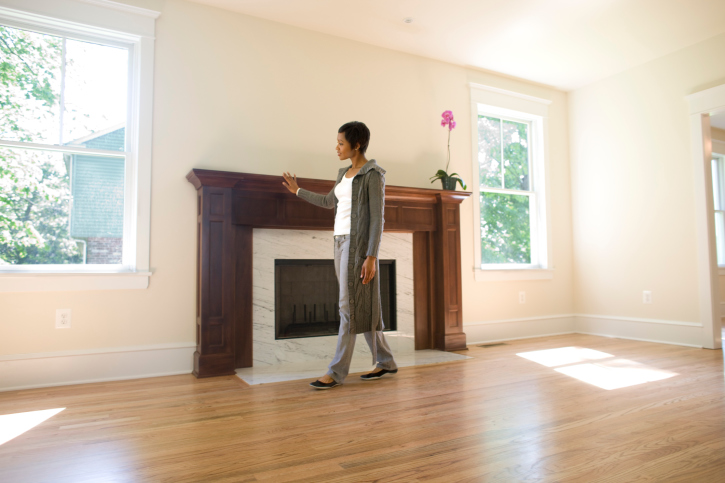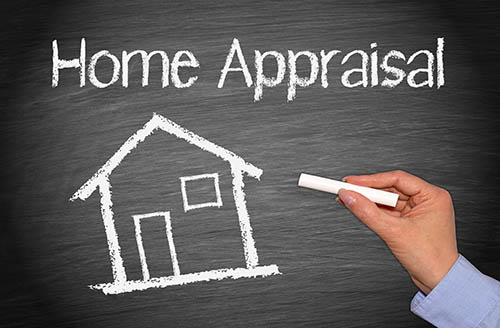How To Tell If A Home Has Been Well-Maintained
 As a homebuyer, your real estate agent will do their best bring you to see homes that meet the criteria you asked for. However, there’s no guarantee that a home will have a history of being properly cared for.
As a homebuyer, your real estate agent will do their best bring you to see homes that meet the criteria you asked for. However, there’s no guarantee that a home will have a history of being properly cared for.
Your real estate agent can choose the homes you see, but they have no control over the property owner’s homeownership habits.
Why Home Maintenance Matters
Home maintenance should matter to you as a homebuyer and later on as a homeowner. A home needs consistent and proper maintenance in order to run efficiently, and that doesn’t only apply to moving parts like the HVAC system. If a home isn’t looked after, it begins to run down and then break down.
Just as a poorly maintained vehicle will eventually strand its owner on the side of the road, a poorly maintained home will eventually fail to properly house its occupants.
How To Tell If A Home Has Been Well-Maintained
A home that hasn’t been cared for will easily give up its secrets to a discerning homebuyer. Conversely, you can tell if a home has been cherished and well-maintained over the years.
- Home maintenance warranties in place would be a selling feature and indicates the owner understands the power of proactive maintenance.
- Solid, quality flooring indicates that the owner has shored up the subfloor beneath tile, removed carpet spills expeditiously and replaced cracked, peeling or missing planks or tiles.
- No signs of basement water damage may signify that owner has installed sufficient sump pump or other drainage solutions, applied basement waterproofing or taken other steps to ensure a dry basement.
- Finished basement shows that owner has taken care to improve the home where possible and that the owner trusts their basement possessions will be safe from water damage.
- Straight roof lines mean that there is likely no sagging roof problem that hasn’t already been addressed.
- Mature, healthy plantings are a sign that the owner has given thought and care to the surrounding landscape over a long period of time.
- Sound gutters in good condition show that the owner has taken steps to ensure proper roof drainage to water damage.
These are all positive signs for a prospective homebuyer. Of course, you must still pay attention to the home inspection report. But odds are if you see all these signs, you’re probably looking at a new home that will serve your needs for many years to come.
 The cost of living in America varies widely in different parts of the country. In general, it is less expensive to live in the country than in the cities.
The cost of living in America varies widely in different parts of the country. In general, it is less expensive to live in the country than in the cities. When someone is thinking about buying a home, one of the key parts is the home appraisal. The appraisal ensures that the buyer is paying a fair price for the home while also protecting the mortgage lender against taking a loss.
When someone is thinking about buying a home, one of the key parts is the home appraisal. The appraisal ensures that the buyer is paying a fair price for the home while also protecting the mortgage lender against taking a loss.